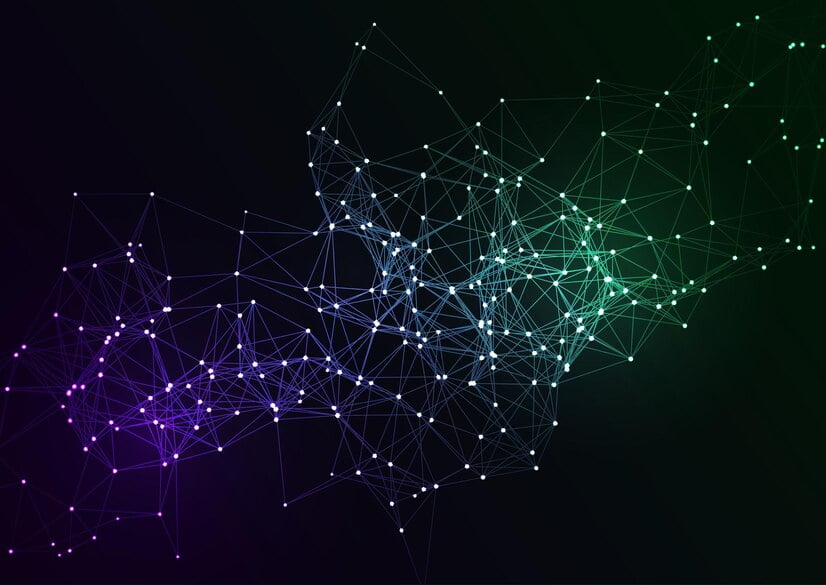Neural networks are a fundamental concept in artificial intelligence and machine learning, mimicking the way the human brain processes information to solve complex problems. In this comprehensive guide, we’ll delve into the intricacies of neural networks, exploring their structure, functionality, and diverse applications.
What are Neural Networks?
Neural networks, also known as artificial neural networks (ANNs), are computational models inspired by the biological neural networks of the human brain. These networks consist of interconnected nodes, or “neurons,” organized in layers. Information flows through the network, with each neuron performing a simple mathematical operation on the input data and passing the result to the next layer. By adjusting the connections between neurons and optimizing the network’s parameters, neural networks can learn to recognize patterns, make predictions, and solve complex tasks.
The Structure of Neural Networks
Neural networks are typically composed of three main types of layers: input layers, hidden layers, and output layers. The input layer receives the raw data, which is then processed through multiple hidden layers containing interconnected neurons. The output layer produces the final result or prediction based on the input data. Each neuron in the network is associated with a set of weights and biases, which are adjusted during the training process to minimize the error between the predicted and actual outputs.
How Do Neural Networks Learn?
Neural networks learn through a process called “backpropagation,” where the network adjusts its parameters based on the difference between the predicted and actual outputs. During training, the network is fed with labeled data, and the error between the predicted and actual outputs is calculated using a loss function. The gradients of the loss function with respect to the network’s parameters are then computed and used to update the weights and biases through gradient descent optimization. This iterative process continues until the network achieves satisfactory performance on the training data.
Applications of Neural Networks
Neural networks have found widespread applications across various domains, including image and speech recognition, natural language processing, autonomous vehicles, and financial forecasting. Convolutional Neural Networks (CNNs) excel in analyzing visual data, making them ideal for tasks such as image classification and object detection. Recurrent Neural Networks (RNNs) are well-suited for sequential data processing, making them popular in applications like language translation and time series prediction. Additionally, Generative Adversarial Networks (GANs) are used for generating realistic images and data samples.
The Anatomy of Neural Networks
Neural networks typically comprise three primary layers: the input layer, hidden layers, and the output layer. The input layer serves as the entry point for raw data, while hidden layers process and extract features from this data through complex mathematical transformations. Finally, the output layer generates the network’s predictions or classifications based on the processed information. Depending on the complexity of the task, neural networks may consist of multiple hidden layers, each contributing to the network’s ability to learn and generalize from data.
